Table of Contents
Characteristics of Phylum Echinodermata:
- Echinoderms are exclusively marine. Most members are bottom dwellers or benthonic. Some are pelagic while a few are sedentary.
- The adults are all radially symmetrical (near pentamerous) but their larva is bilaterally symmetrical.
- Echinoderms have organ-system organisation and are triploblastic.
- Echinoderms are eucoelomates and coelom is enterocoelic (formed as pouches from enteron of gastrula). It is lined with ciliated mesothelium.
- They possess a water vascular system or ambulacral system which helps in locomotion, capturing and transport of food and respiration.
- Body is without head or anterior end but is differentiated into oral and aboral surfaces. The oral surface is distinguished into ambulacral and interambulacral regions.
- Body wall has single layered ciliated epidermis and a thick dermis. Smooth muscles occur below.
- The digestive system is complete except in class Ophiuroidea. The animals are commonly predaceous and carnivorous but many of them can also feed on organic litter.
- Respiration occurs by dermal branchiae (gills) or papulae and tube feet.
- Excretion is partly served by body surface and partly through the dermal branchiae or papulae.
- Nervous system is simple with a circum-oral ring and radial nerves.
- Circulatory system is of open type and is called haemal system. Heart is absent. Blood has no pigment.
- The sexes are separate. Fertilization is usually external. Development is indirect.
- They possess remarkable power of autonomy and regeneration.
| Key Point- The term echinoderm was coined by Jacob Klein in 1734. |
Unique Features of Phylum Echinodermata:
- Occurrence of ambulacral or water vascular system.
- Presence of haemal system.
- True enterocoelom.
- Presnce of spines and pedicellariae.
- Presence of tube feet.
- Mesodermal endoskeleton.
- Change in symmetry from bilateral in larva to pentamerous radial in adult.
- Ability of self shedding of body parts or autonomy and regeneration.
- Deuterostomic origin of mouth.
Degenerate Features of Phylum Echinodermata:
- Absence of head.
- Reduced circulatory system.
- Incomplete digestive tract in Ophiuroidea.
- Absence of respiratory pigment.
- Absence of excretory organs.
- Poorly developed nervous system.
- Simplification of sense organ.
The degenerated features are mainly associated with their existence on sea bottom.
Resemblance with Chordates:
Echinoderms, although, so different but are nearest relatives of chordates. Their chordate characters are-
- Both echinoderms and chordates are deuterostomes.
- Have enterocoelic coelom.
- Both have indeterminate cleavage and the cleavage furrows are radial.
- Endoskeleton is mesodermal.
- Mouth is formed as a second opening by the invagination of ectoderm at the anterior end in the embryo, opposite to blastopore.
- Occurrence of creatine phosphate as an energy source for muscle activity.
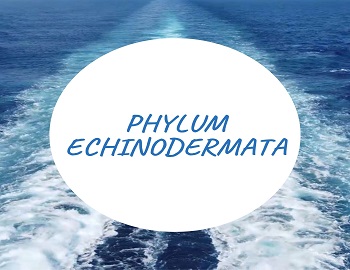



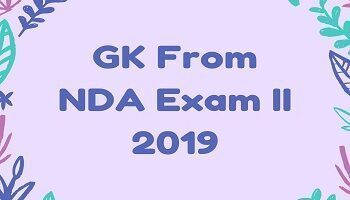
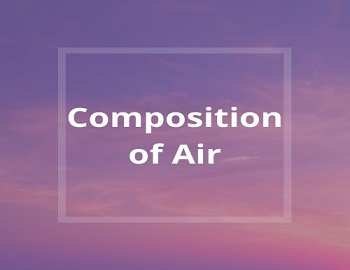
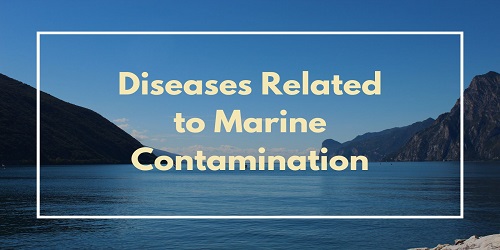
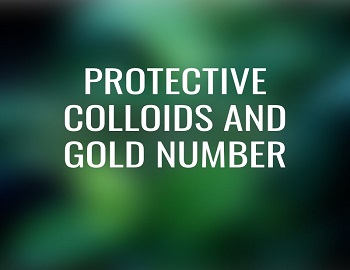
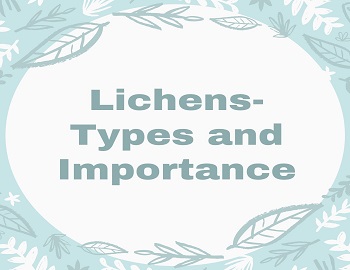
Comments (No)